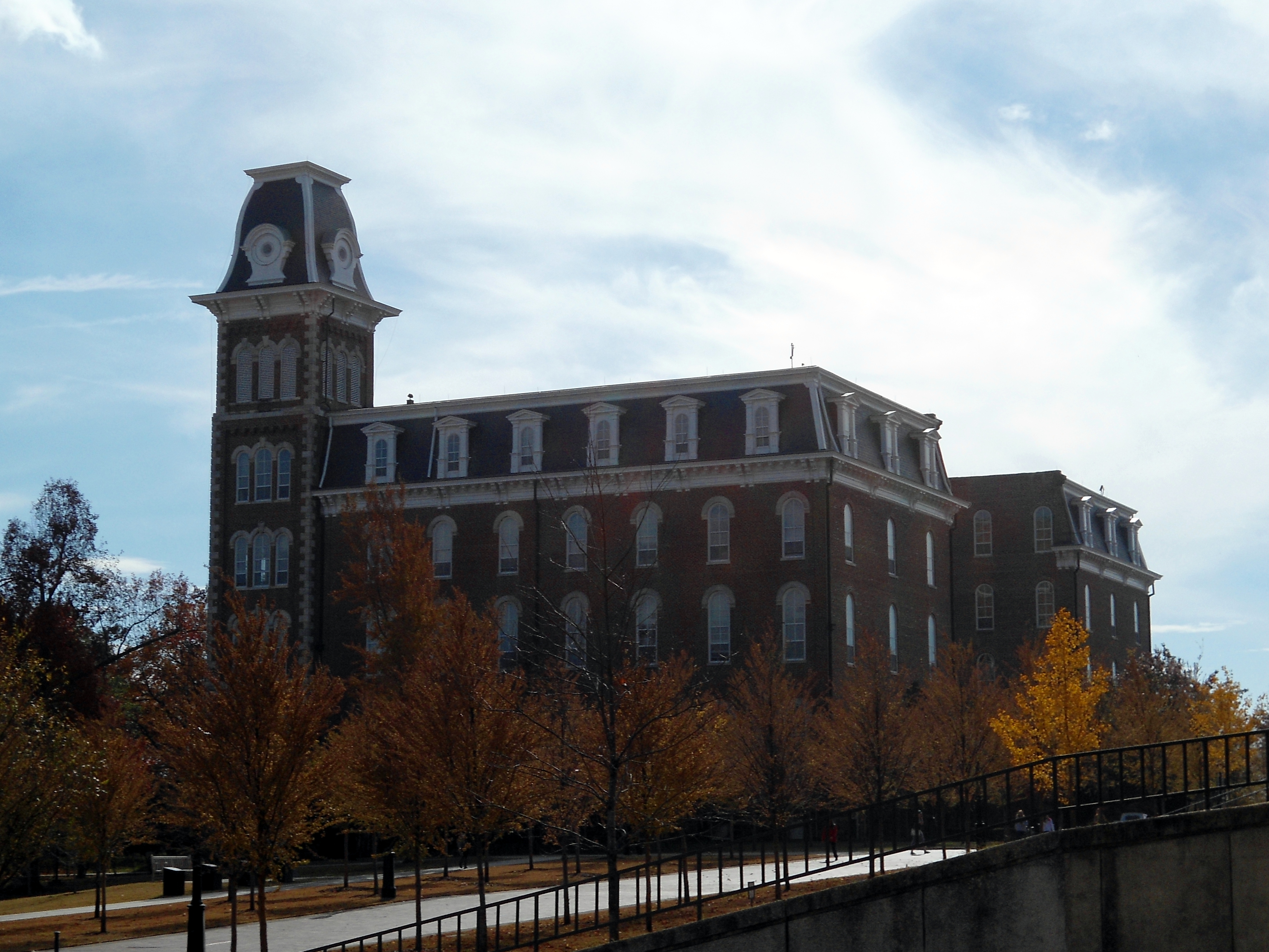Just for Fun: Carol of Bells by The Piano Guys
This week we’re bringing you more Christmas music with this video from the Piano Guys: Carol of the Bells. Enjoy!
This week we’re bringing you more Christmas music with this video from the Piano Guys: Carol of the Bells. Enjoy!
 According to reports filed with the Arkansas Ethics Commission, the Human Rights Campaign has spent over $160,000 supporting Fayetteville’s controversial “nondiscrimination” ordinance.
According to reports filed with the Arkansas Ethics Commission, the Human Rights Campaign has spent over $160,000 supporting Fayetteville’s controversial “nondiscrimination” ordinance.
The support came in the form of “nonmoney contributions” such as staff, legal assistance, mailings, advertising, website services, and so on to the group Keep Fayetteville Fair. Altogether, HRC has provided $160,080.05 in nonmoney contributions.
From the looks of the report, Human Rights Campaign appears to be footing most of the bill in the campaign to keep Fayetteville’s ordinance on the books. Besides HRC’s nonmoney contributions, the report shows Keep Fayetteville Fair received almost $23,000 in financial contributions from various citizens and groups, including $250 from the Pulaski County Democratic Committee; $200 from State Senator Joyce Elliott; $1,500 from the NWA Center for Equality; $1,000 from the Markham Group; $100 from former Pulaski County Clerk Pat O’Brien; $100 from former Arkansas legislator Will Bond; and $250 from former Arkansas legislator James Argue.
We have written repeatedly about the unintended consequences of Fayetteville’s so-called “nondiscrimination” ordinance. The ordinance is heavily opposed by ministers, the local Chamber of Commerce, various business leaders, and thousands of Fayetteville residents.
The special election to repeal the ordinance will take place Tuesday, December 9; early voting in Fayetteville has already started.
You can read our analysis of the ordinance and its unintended consequences here.
You can see a full copy of Keep Fayetteville Fair’s financial report here.
Photo Credit: “Old Main from the northwest, University of Arkansas, Fayetteville, Arkansas (autumn)” by Brandonrush – Own work. Licensed under Creative Commons Attribution-Share Alike 3.0 Unported.
 One of the arguments you hear in favor of marijuana these days is it’s “natural.”
One of the arguments you hear in favor of marijuana these days is it’s “natural.”
The idea is if something is “natural,” then it must be also “safe.” Never mind that uranium, arsenic, and hemlock are all “natural.” Marijuana is supposed to be a “natural medicine.” Well, not so fast.
We have written before about how marijuana doesn’t really qualify as “medicine.” It hasn’t been approved by the FDA for medical use; marijuana’s potency varies from plant to plant, depending on growing conditions; dosage is difficult to manage; delivery methods for the drug are not always safe or uniform; and its effectiveness is difficult to predict.
In short, all the scientific standards that have made modern medicine the greatest in history–testing, approval, uniformity in manufacturing and dosing standards, and so on–are not part of the “medical marijuana” equation. Marijuana may be many things, but “medicine” simply is not one of them.
But what about “natural”? Is that a word that can describe marijuana?
The truth is the marijuana industry has cultivated countless strains and blends of marijuana; the website leafly.com currently lists 1,066 marijuana varieties, and Wikipedia has an article containing a few dozen particularly popular cannabis strains; each marijuana variety, supposedly, has its own unique characteristics–for instance, different colors, flavors, chemical levels, uses, and so on.